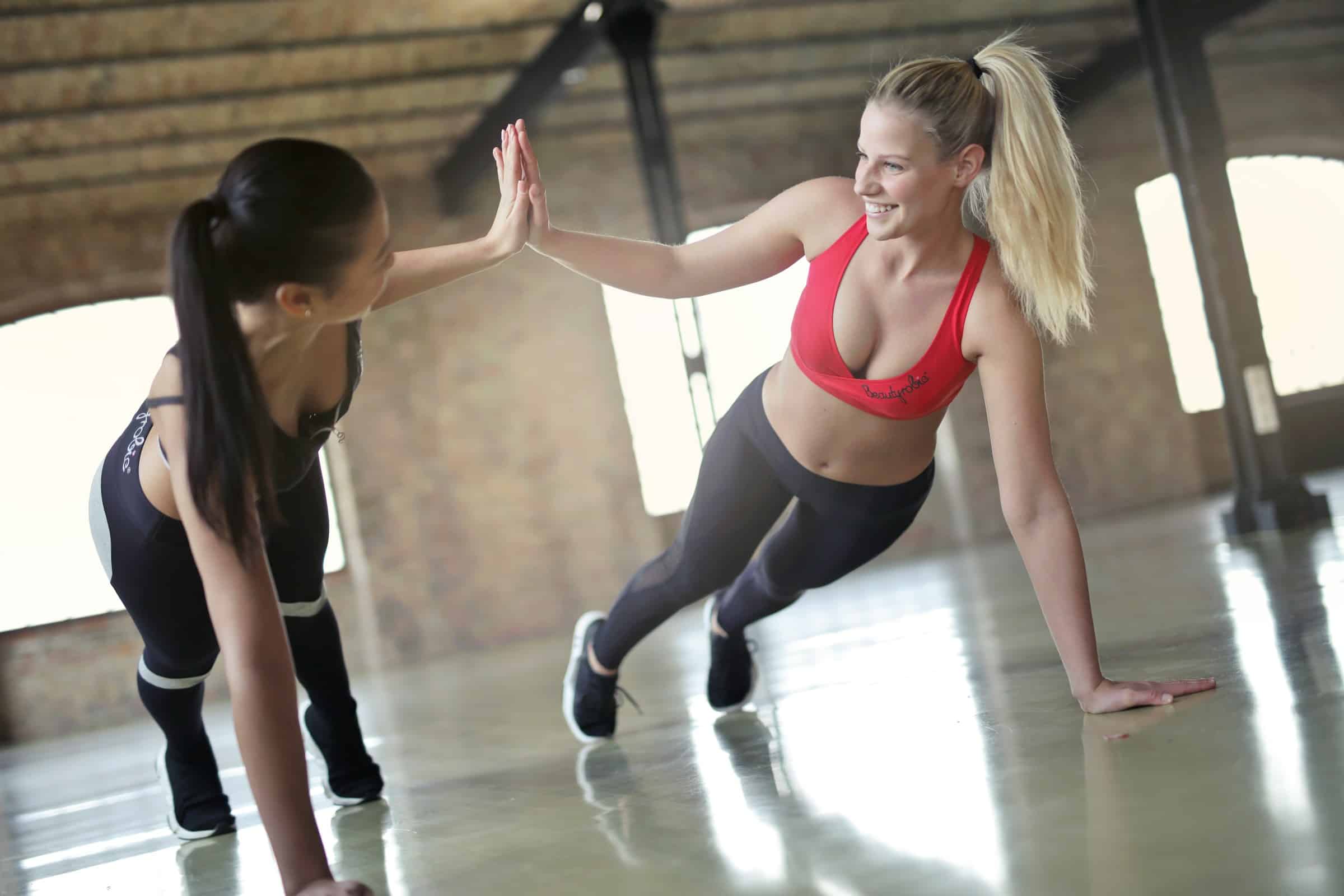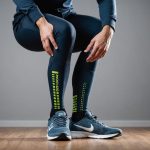In the realm of competitive figure skating, performance is everything. Precision, technique, and elegance all intertwine to propel an athlete to the top of the podium. However, perfecting these elements is no easy task, requiring countless hours of training and rigorous analysis. Today, the advent of 4D motion capture is revolutionizing the way athletes train, providing an intricate, data-driven approach to perfecting jumps and other movements. But how exactly does this system work, and what does it offer to skaters and trainers? In this piece, we’ll look at the science and benefits of 4D motion capture, focusing on its application in figure skating.
The Science of 4D Motion Capture
4D motion capture is a sophisticated technology grounded in deep analysis. It’s more than just capturing motion—it’s a real-time, three-dimensional inspection that incorporates an additional dimension: time.
Cela peut vous intéresser : What Are the Best Footwork Drills for Enhancing Quickness in Squash Players?
This method utilizes a combination of video cameras and infrared sensors strategically placed around the skater to capture every minute detail of their actions. The data collected from these sensors is used to construct a 3D model of the skater’s body in motion, providing a detailed look at their performance from varying perspectives.
Furthermore, the 4D aspect of this technology allows for the acquisition of continuous data over time, giving a more comprehensive view of the skater’s movements. The system then uses this information to analyze how the skater’s body moves throughout the duration of a jump or any other action.
A lire également : What’s the Effect of Music on Arousal Regulation for Powerlifters Before Competition?
How 4D Motion Capture Works
The process of 4D motion capture involves several interconnected parameters. The skater is adorned with a special suit fitted with sensors, which are detected by cameras positioned around the skating rink. As the skater moves, these sensors relay information back to the camera system, which then records and translates these movements into video data.
The footage is then processed through a specialized software that analyzes the data and creates a 3D model of the skater. This model can be manipulated to view the action from various angles, lending a holistic understanding of the skater’s movements and areas that need improvement.
This motion capture system provides a detailed frame-by-frame analysis of the skater’s movements, allowing for the identification of any inconsistencies or incorrect techniques that would be difficult to spot with the human eye.
The Benefits to Technique and Training
The possibilities provided by 4D motion capture for technique refinement and training are massive. The system offers feedback that is both immediate and precise, highlighting even the smallest nuances in a skater’s performance.
This data can be used to tweak and refine a skater’s technique, enabling them to adjust their body positioning, timing, or strength application in a jump, for instance. The resulting improvements can significantly enhance the skater’s performance, increasing the chances of executing flawless routines.
In the world of training, the ability to deconstruct every element of a performance and pinpoint areas of improvement is invaluable. The motion capture data can be utilized to tailor training regimes to an athlete’s specific needs, focusing on areas that require additional attention.
Real-Time Analysis and Feedback
One of the key advantages of 4D motion capture is the real-time feedback it provides. As the skater performs, coaches and trainers can view their movements in real-time, allowing for instant corrections and adjustments.
This level of instantaneous feedback not only accelerates learning and improvement but also helps prevent injury. By identifying and correcting improper technique early on, skaters can avoid the strain injuries that often result from repeated improper movements.
Conclusion
While 4D motion capture is a powerful tool for improving technique in competitive figure skating, it’s worth noting that it doesn’t replace the traditional coaching and training methods. Instead, it enhances them, offering coaches and athletes an innovative, data-driven way to perfect their performances and achieve their goals.
So, as you tune in to watch the next figure skating championship, remember that there’s a lot more going on behind those breathtaking jumps and spins. There’s a world of data, analysis, and technology working together to help athletes reach their peak performance. Be it a triple axel, a quadruple toe-loop, or a simple single jump, every motion counts, and thanks to 4D motion capture, every motion is captured, analyzed, and improved upon.
The Intersection of Astrophysics, Computer Vision, and Figure Skating
The fascinating aspect of 4D motion capture lies in the intersection of multiple disciplines: astrophysics, computer vision, and figure skating. This convergence of fields aids in providing a comprehensive and detailed understanding of human motion in a competitive environment.
Astrophysics data plays a crucial role in mapping the movements of the skater in real-time. The complex algorithms used to trace objects in space are similarly used to track the motion data of the skater with precision. The capture system works by plotting the skater’s movements in a 3D space, mimicking the way astrophysicists plot celestial objects’ movements.
On the other hand, computer vision, a field that enables computers to gain high-level understanding from digital images, is critical in the data system. The cameras positioned around the rink use computer vision to detect the sensors on the skater’s suit and translate the captured data into a format that can be analyzed.
The amalgamation of these two fields within the realm of figure skating provides a comprehensive understanding of the athlete’s movements. This system allows for an unparalleled analysis of jumps, spins, and other movements, which can lead to technique refinement and injury prevention.
The Future of 4D Motion Capture in Figure Skating
The future looks promising for the use of 4D motion capture in figure skating. The technology is expected to evolve and integrate with other training and coaching tools, thus enhancing the effectiveness of the system. As advancements in technology, such as AI and machine learning, continue to be incorporated, the accuracy and usefulness of the motion capture data will increase.
There’s also potential for this technology to be utilized in international conference presentations, coaching seminars, and training workshops. Coaches and trainers could share and analyze motion data from different skaters, leading to greater knowledge sharing and collaboration in the figure skating community.
Moreover, as more skaters and trainers embrace this technology, we could see a rise in the standard of performance in figure skating. By harnessing the power of 4D motion capture, skaters can gain a competitive edge, improving their chances of success at the highest levels of competition.
Conclusion
In conclusion, 4D motion capture is transforming the realm of figure skating training and performance analysis. The system’s ability to capture and analyze minute details of a skater’s performance, provide real-time feedback, and aid in technique refinement is invaluable. The convergence of astrophysics, computer vision, and figure skating proves to be a game-changer, revolutionizing the way coaches and athletes approach training.
While this technology is a powerful tool, it is merely an enhancement to traditional coaching methods. The human eye, intuition, and experience of a coach remain paramount, but with 4D motion capture, they are now armed with precise, data-driven insights.
As we look to the future, the integration of 4D motion capture in figure skating will continue to evolve, potentially changing the face of the sport. Be it a simple single jump or a complex quadruple toe-loop, every motion counts, and every motion can now be captured, dissected, and improved upon, thanks to the revolution that is 4D motion capture.






